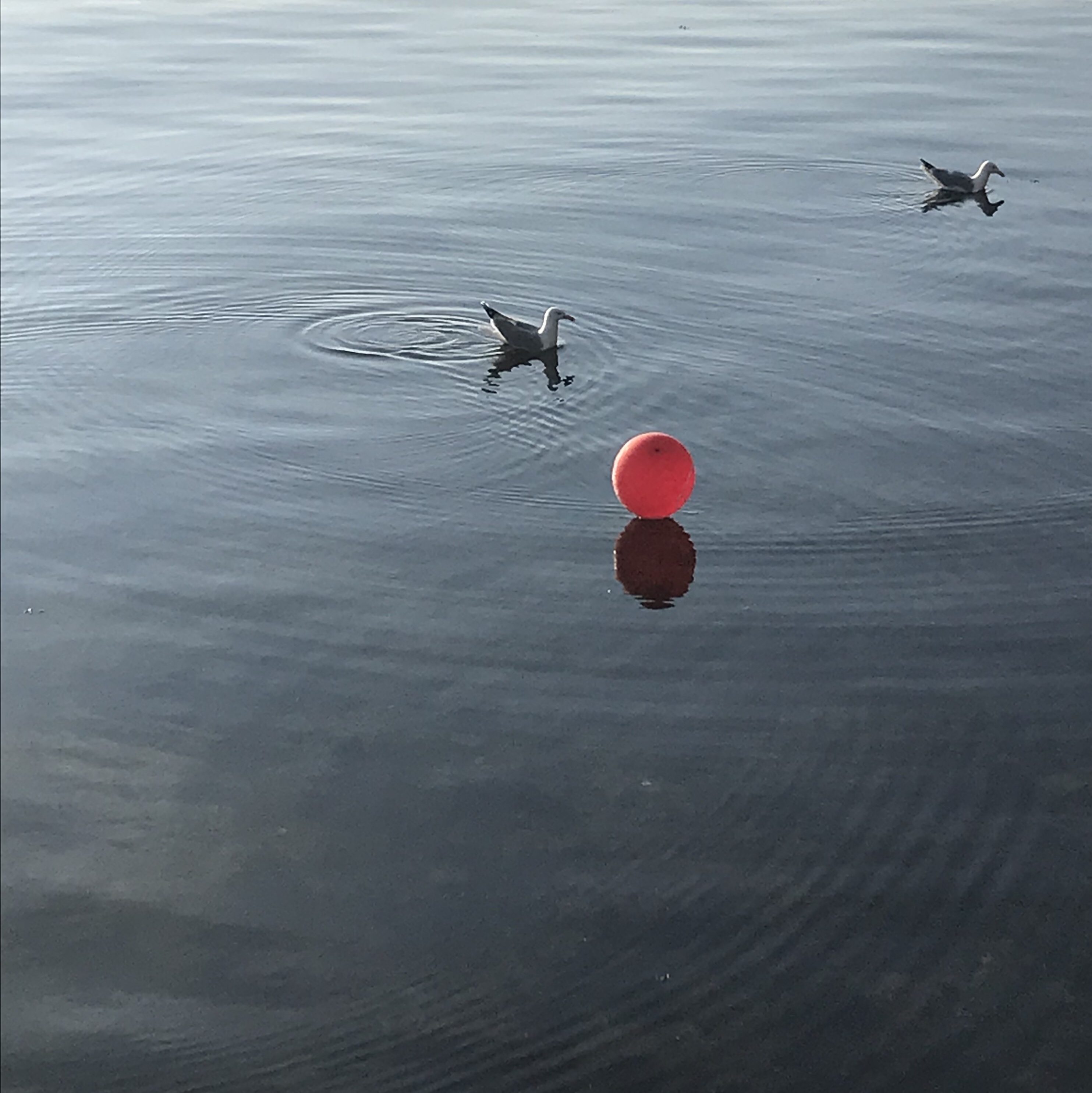
Gravity waves and capillary waves on Kiel fjord
Yesterday, I took some pretty pictures of a red balloon floating on Kiel fjord, some seagulls swimming close to it, and — of course, most importantly — the seagull’s waves. You see some that they just made where you can still see how they relate to where they are swimming now. But then there are also these large circles from previous movement, and the origin of those we can only guess. As we see from the seagulls’ wakes, they haven’t been swimming in that direction long, and they started out from a resting position. Maybe the large circles are from when they landed? We can only speculate.
I’m showing you the pictures of the seagulls and the ballon because I think they are pretty, but also to have a reference for what “normal” waves look like. “Normal” meaning that they are waves whose restoring force is gravity.
There is, of course, other kinds of waves.
Check out the picture below. It’s super choppy, but do you see parts that look different? It’s an overall choppy day, so it might be a little difficult to see what I am talking about.
Let’s zoom in to see some capillary wave action! Capillary waves are the ones that are restored by surface tension rather than gravity. They are a lot shorter than “normal” waves, wavelengths are only up to less than 2 cm long! And they often appear as several wave crests right behind each other, like below. Short wavelengths travel faster than longer ones, which is why from a main crest, more and more capillary waves emerge which seem to be bunched up moving right in front of the main crest. Pretty cool, I think!
Edit, a couple of minutes after initial publishing this blog post:
I saw a friend use a comic app on Instagram and, of course, went down that rabbit hole. So here is a recap of the pictures as the app sees them below. Do you feel like the waves are easier to see in the comics than in the pictures?
Below, you see the seagulls as they have just started paddling forward, and the large circles are still fairly close to where the seagulls are.
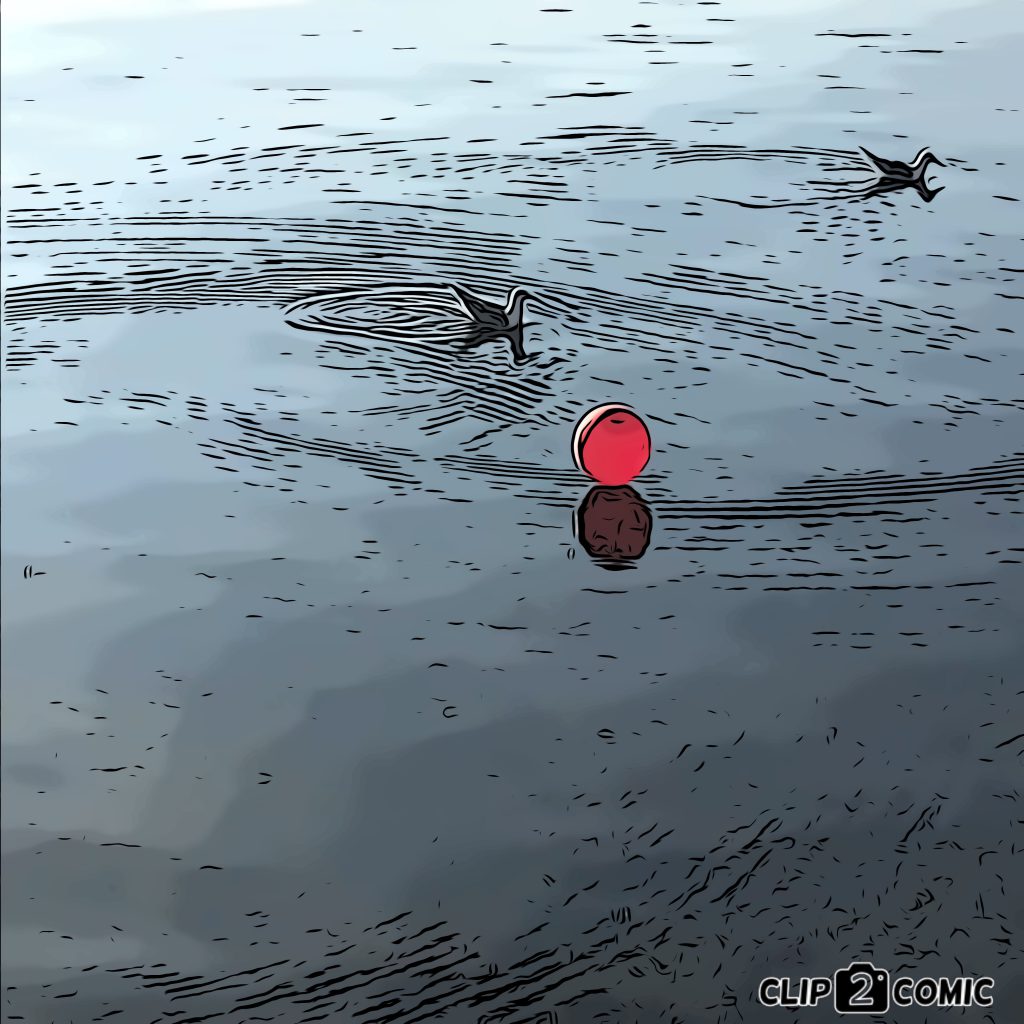
Now the seagulls have swum a little further, but you still see where they initially started out. And you see that the time lag between the two pictures really isn’t that large — the large wave ring hasn’t propagated a lot compared to the balloon (which is also freely drifting, so maybe that’s not the smartest comparison).
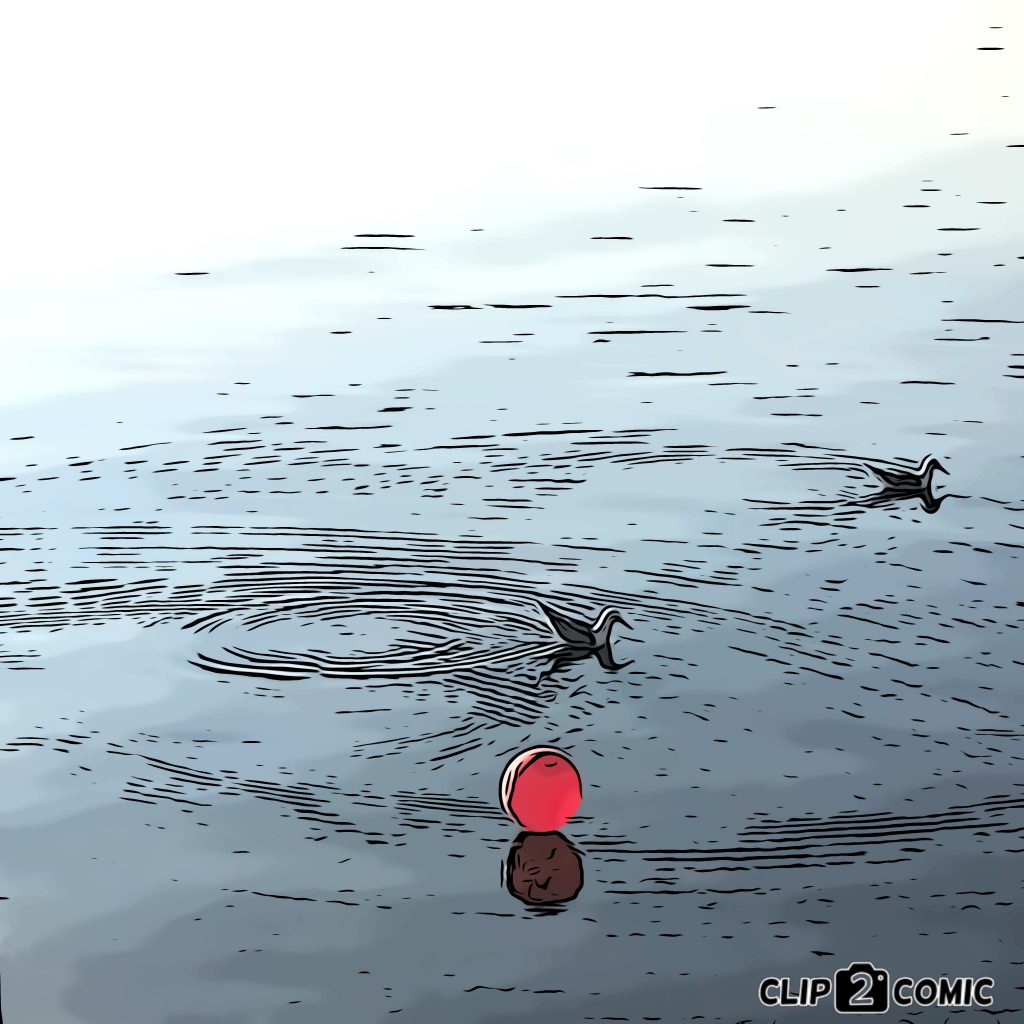
But my capillary waves become a little clearer now, I feel: The bunches of parallel wave crests on the right half of the picture that are now drawn in black (while all the choppy stuff is just shared, but not contoured).
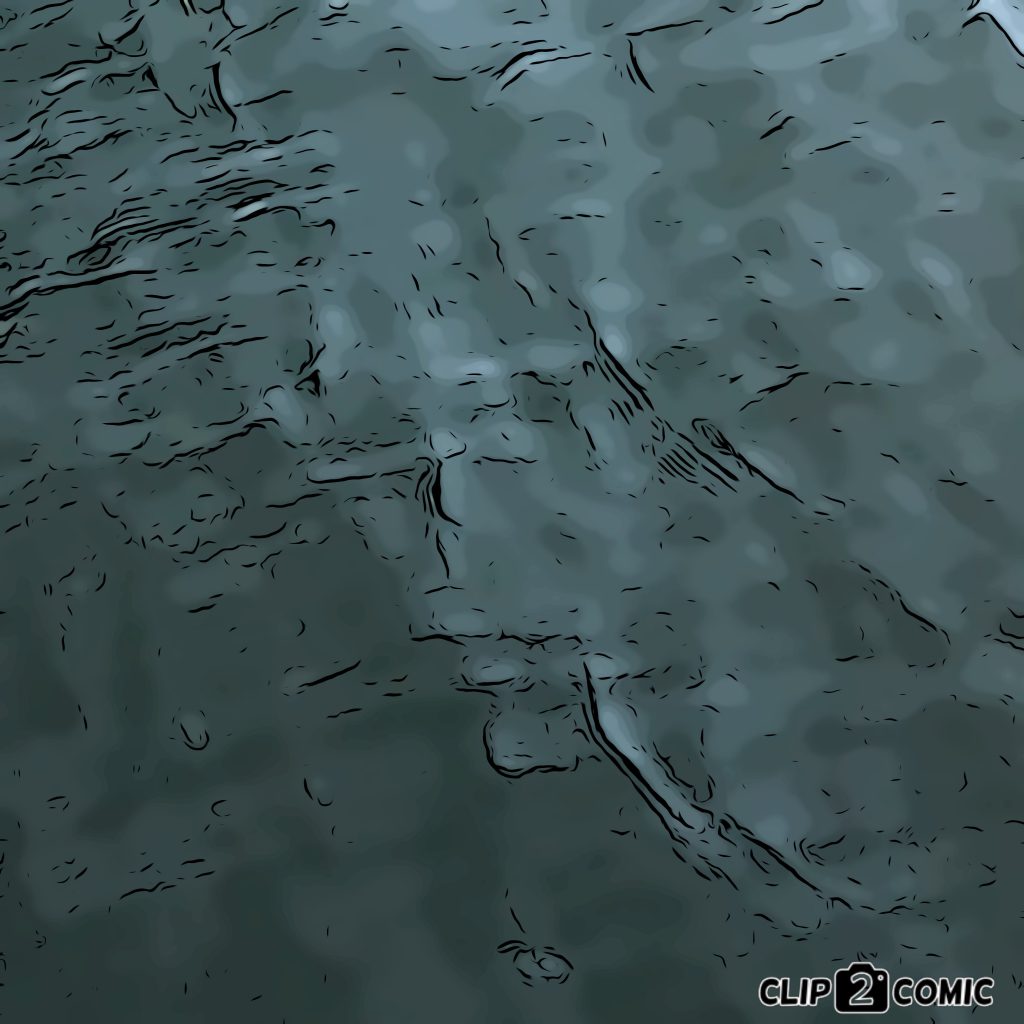
What do you think? Are these pictures helping to show what exactly I am talking about, or is it just as confusing as before, only in a different way?

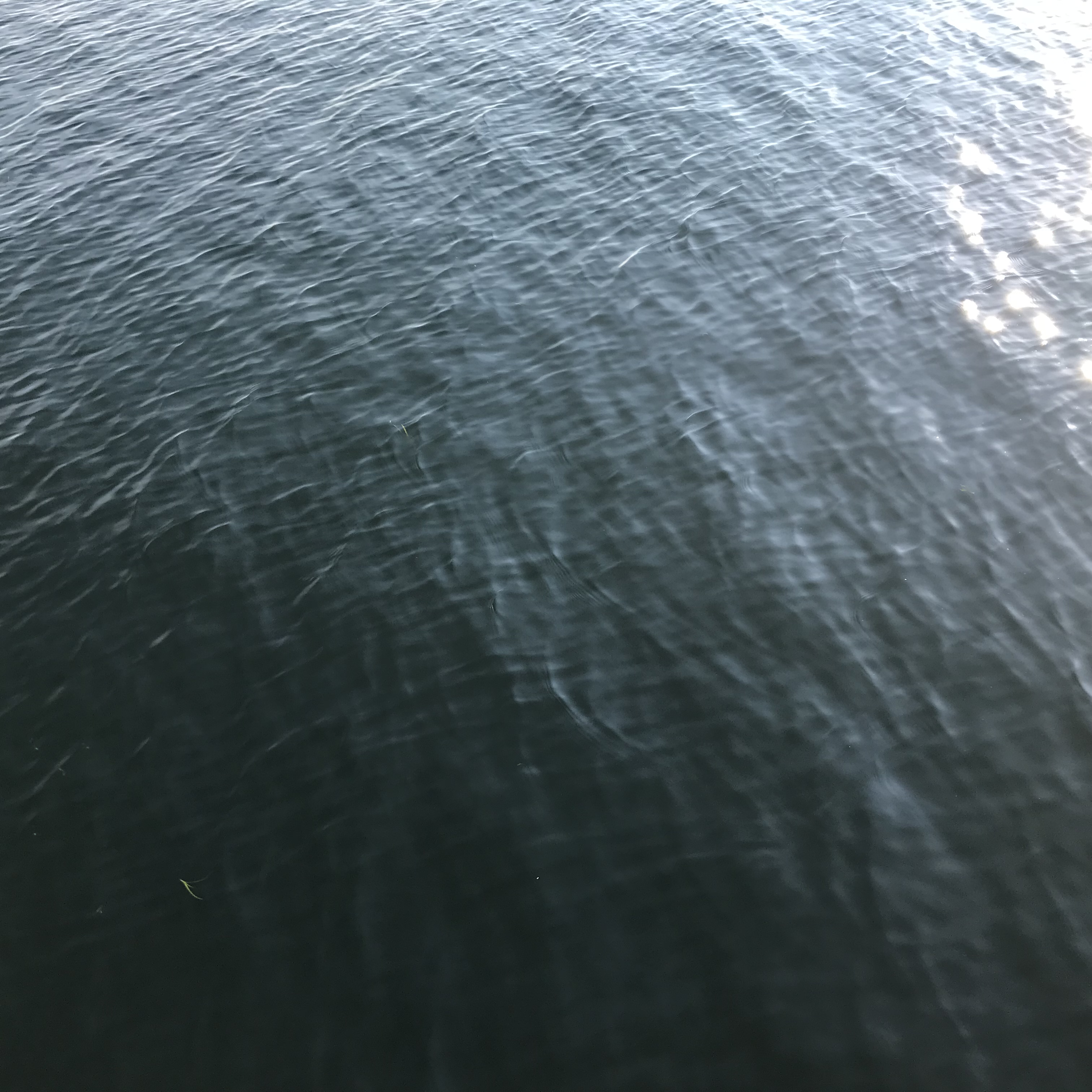

Joe Buchanan says:
Brilliant and stimulating as always Dr. Mirjam. But I don’t understand why small waves emerge and run in front of the main crest. Is this something to do with surface tension bunching up the waves? It looks a bit like wrinkles on the surface of a balloon or something.
BTW, I like the contrast in the cartoons. I read something years ago about how human visual perception processes images separately in three areas (line, colour and texture I think), then overlaps them in the conscious brain. Line communicates very effectively, which is why the eye is immediately drawn to cartoons in a newspaper and grasps the idea so quickly. In the 1990s magazines started using tone-based computer graphics in illustrations (New Scientist did this for a while) – because tone was suddenly easy for graphic designers to use. The illustrations were ineffective and hard to understand. Nowdays digital graphics are usually line based especially where they are really important (you don’t see many photos in emergency instructions for example). So yes, the cartoons are great when the programme picks up the right lines.
Mirjam says:
Thank you :-)
I don’t have a good explanation for why the small waves run in front of the larger ones for capillary waves just yet (it’s one of the things that you learn as “just an anomaly for waves that are so short that nobody cares about them in oceanography”). I have some really cool pictures of capillary waves coming up that I didn’t write about because I still needed to figure out why they behave they do, so that’s very high up on my list of things I want to read up on. I’ll definitely post about it once I managed to figure it out!
Thanks for the feedback on the cartoons! I might have to figure out a different way to generate the cartoons so the focus is on the features I want to show rather than what the app thinks is important based on whatever its criteria are. I’ve something done the .gif things (like here: https://mirjamglessmer.com/2019/03/02/weird-interference-pattern-of-waves/) — how do you think they work compared to cartoons? Obviously not as well in print, and they don’t look as cool either…